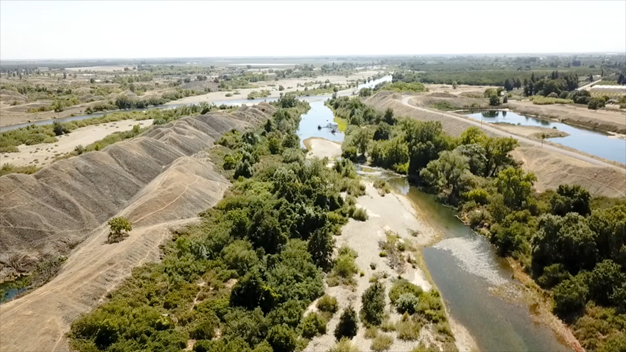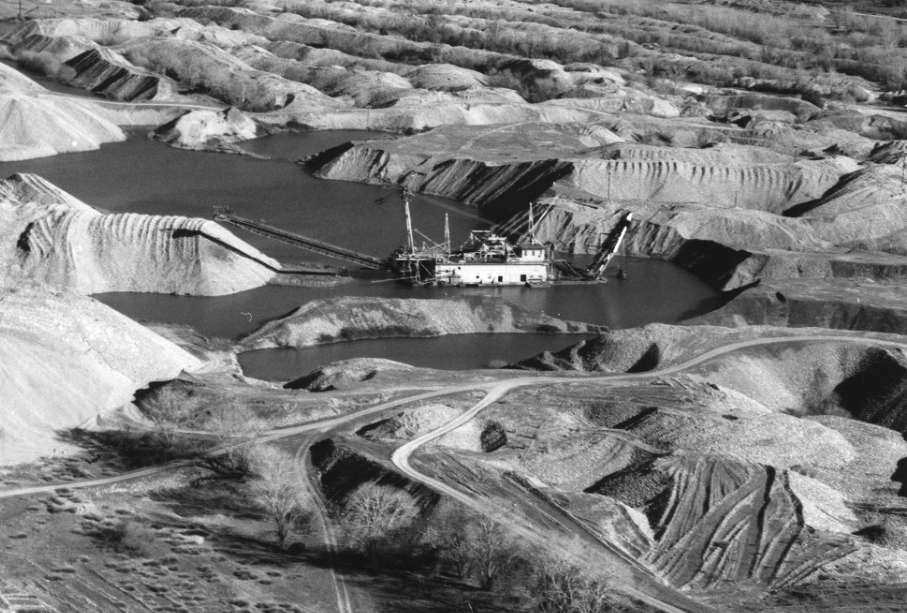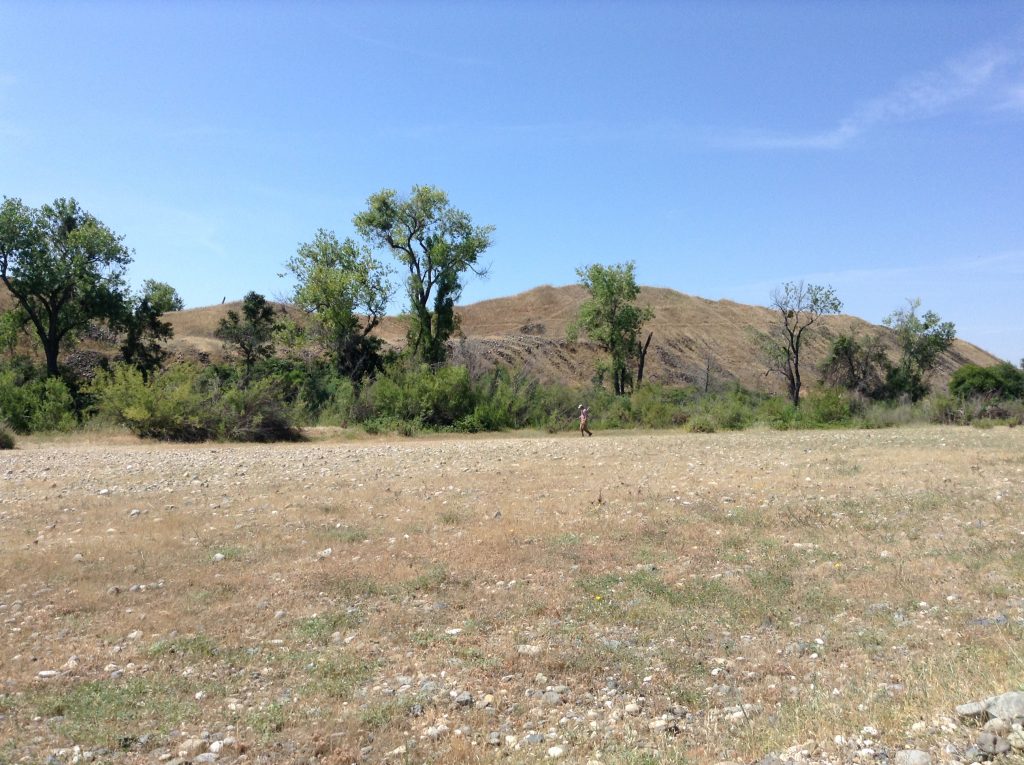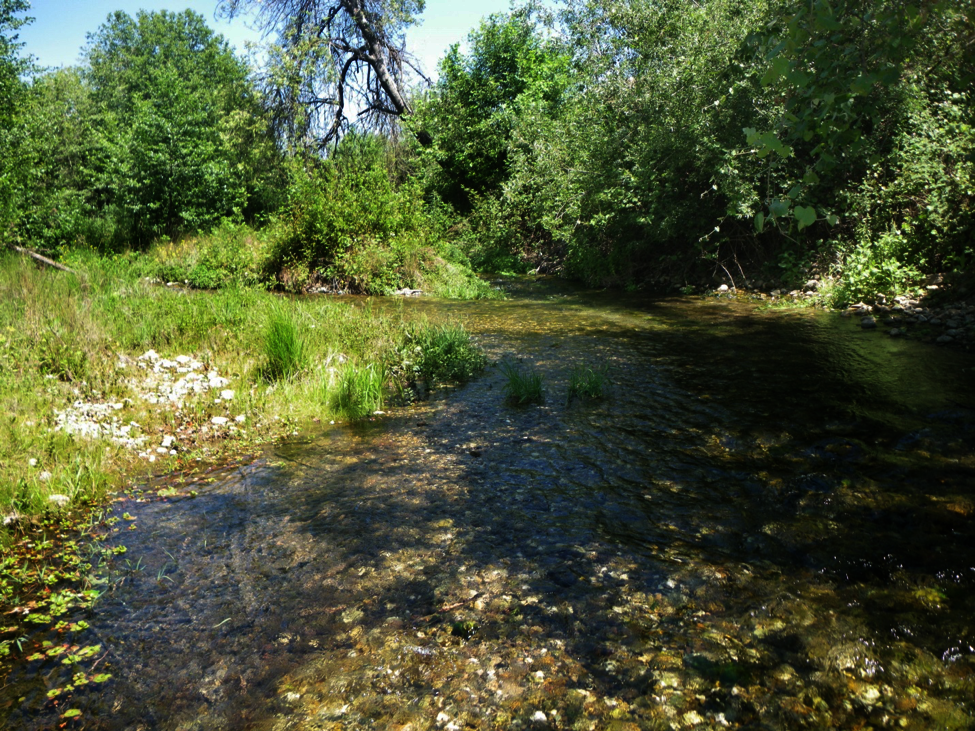Pre-project conditions: A view looking west (downstream) along the lowermost portion of the site.
The Middle Training Wall is on the left, with the main channel further off to the left and downstream. The North Training Wall is on the right.
Dredge Mining Transformed this Landscape
Gold Rush Spurred Innovation
The Gold Rush spurred industrial innovation in Yuba County and throughout California. Gold panning was the earliest method to recover placer gold from shallow surface deposits of sand or gravel. Miners continued to develop more efficient methods and by the 1860s, hydraulic miners could direct water under pressure against gold-bearing deposits, washing mining debris into the Sacramento River and its tributaries.
Hydraulic mining was curtailed in 1884 and, by the 1890s, dredge mining provided access to deeper deposits. Bucket-line dredges were floating factories reaching gravel from deep below the riverbed and depositing the debris in huge mounds. The industry quickly evolved from wooden to steel hulls, from steam power to electricity, and to larger buckets and longer bucket lines. During their heyday, up to 12 dredges operated at once in the Yuba Goldfields area.
"Training" the River — A Novel Approach
The California Debris Commission was organized in 1893 to address the damage to navigable waters and agricultural lands caused by hydraulic debris deposits. They decided on an experimental solution: Dredge companies agreed to construct massive “training walls” from the debris deposits in exchange for the right to mine the Yuba Goldfields.
Starting in 1904, these operations constructed the North and South Training Walls, which “trained” the Yuba River within a channel between them. When the Middle Training Wall was constructed between them in 1929, it divided the single channel into two side-by-side channels. Between 1947 and 1952, the north (overflow) channel became separated, possibly through erosion or sediment deposition, redirecting most of the water flow down the south (main) channel even during high water years.
Enhanced Habitat through Floodplain Restoration
Portions of the Middle Training Wall were removed by implementation of the Hallwood Side Channel and Floodplain Restoration Project in order to restore portions of the floodplain; create a healthier, more natural, and more productive river; and reduce the risk of flooding. The goal of these restoration efforts is to increase the natural production of Chinook salmon and Central Valley steelhead in the lower Yuba River through increased rearing habitat.
Horizon Water and Environment developed the content for this page.
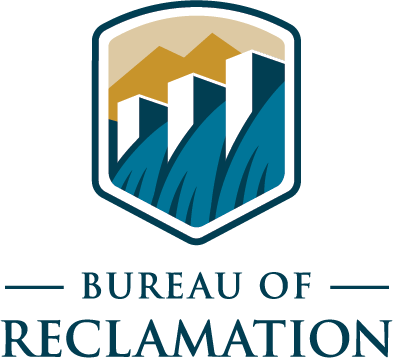
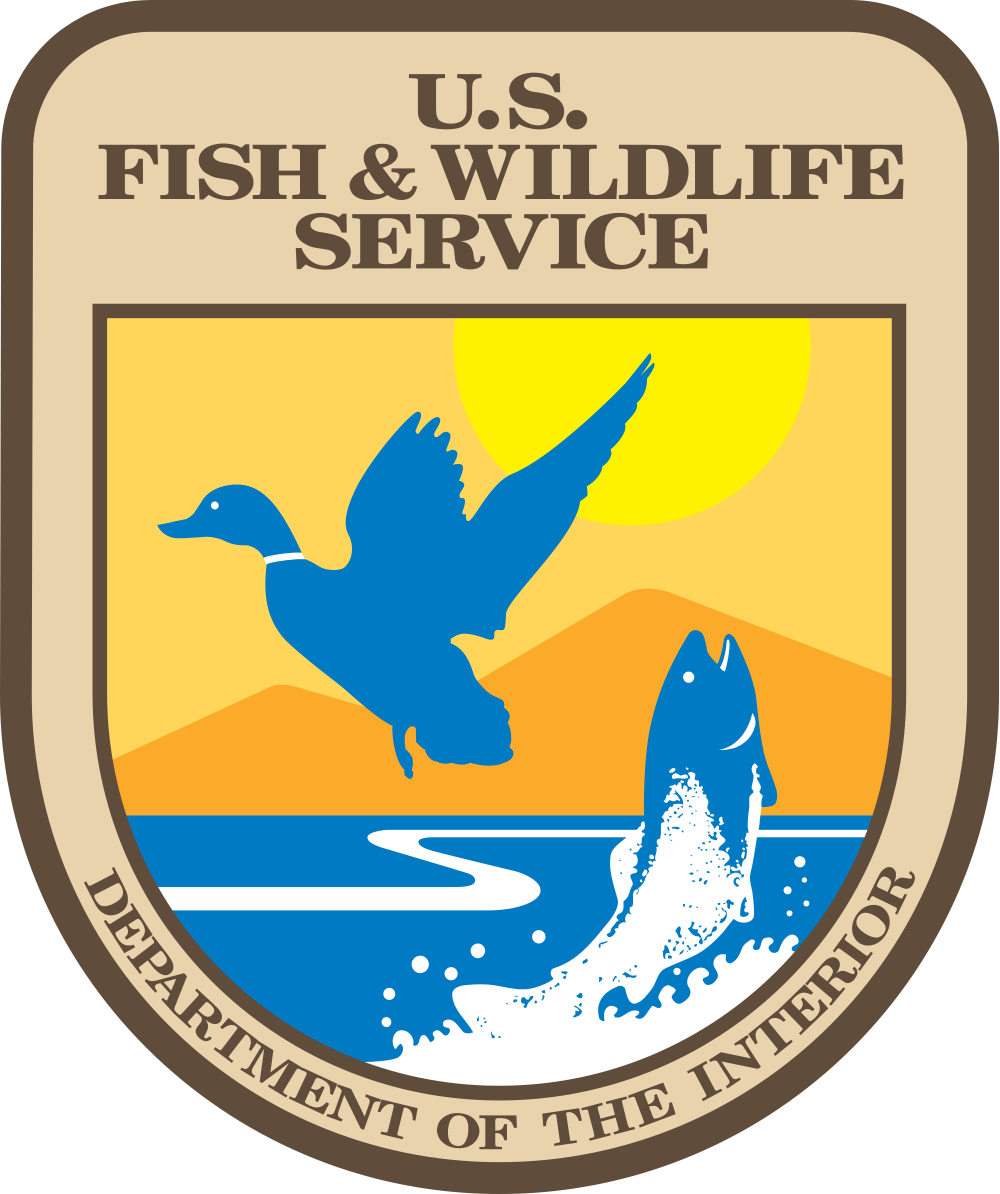
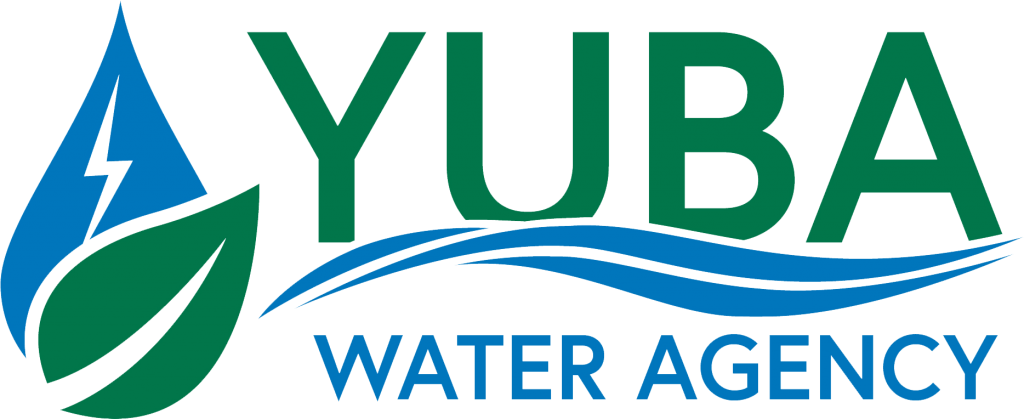
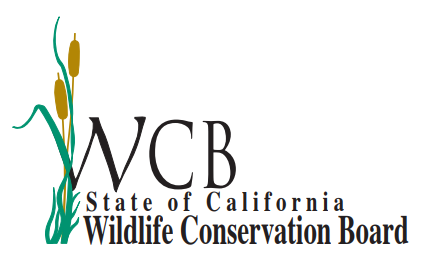


Funding provided by the Central Valley Project Improvement Act
